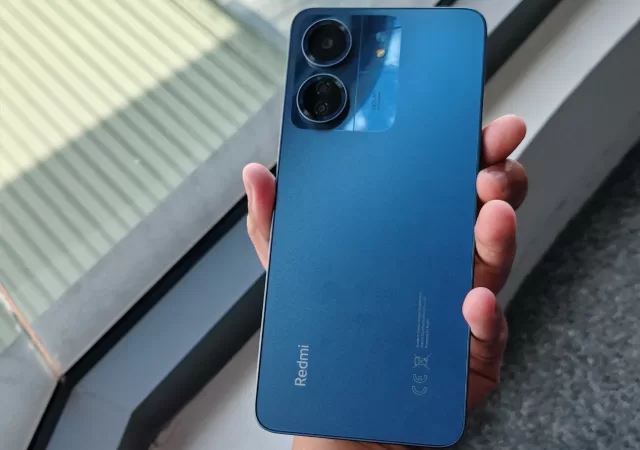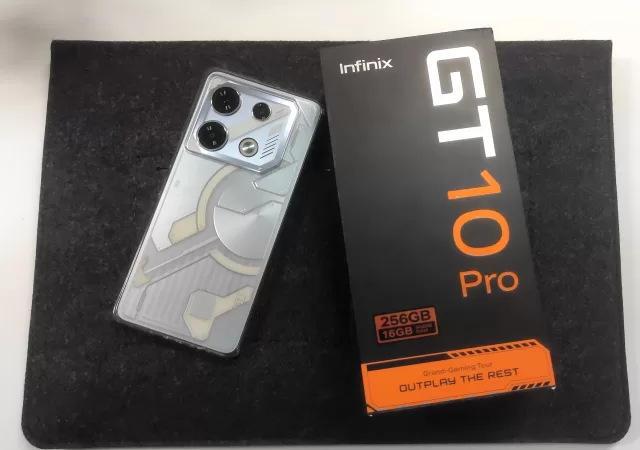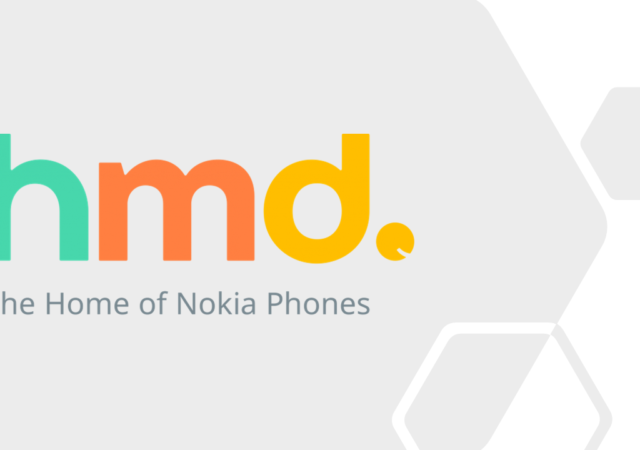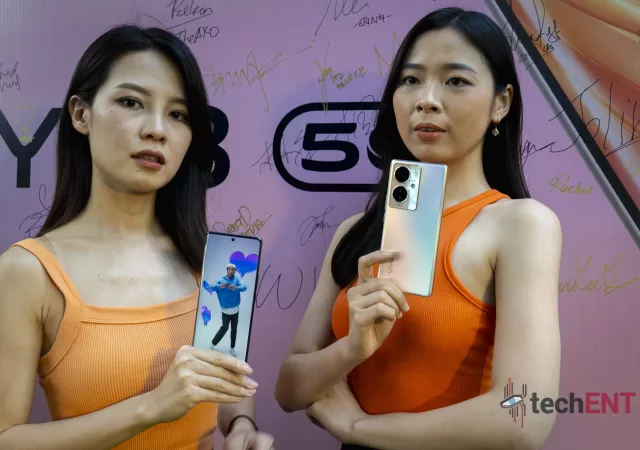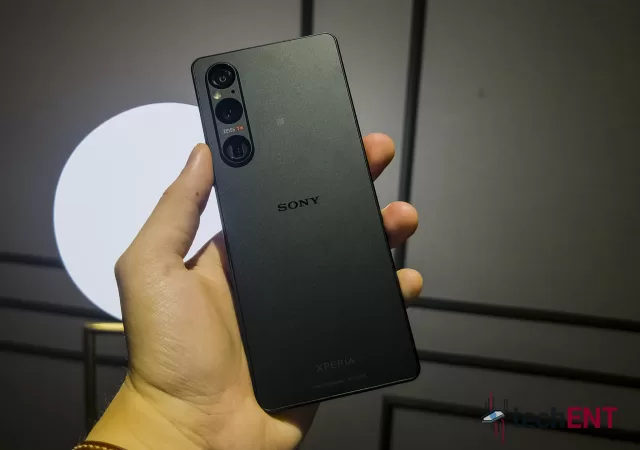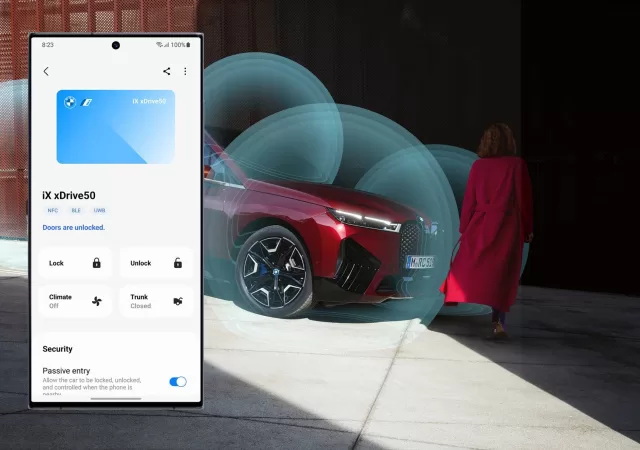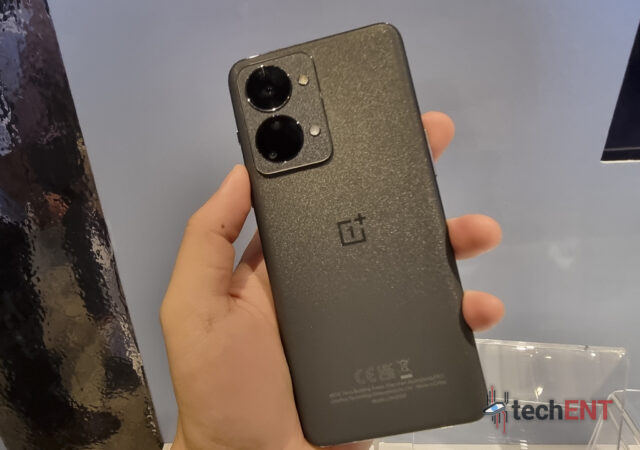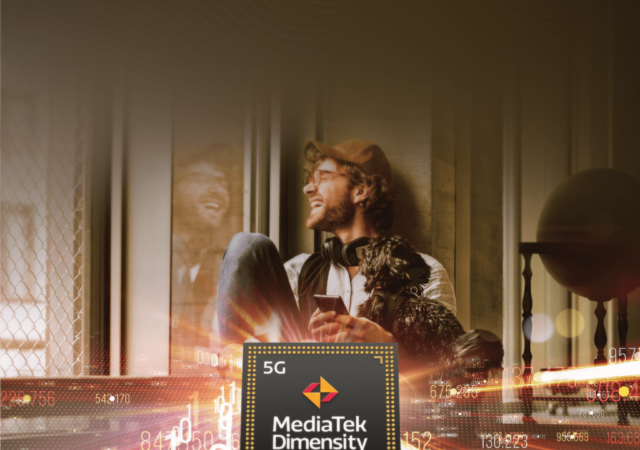Regarding phones, Xiaomi is never far behind in its release, be it their flagship series like the recently released Xiaomi 13T and Xiaomi 14T (China only). Xiaomi always has something that keeps their customers on their toes. This time around…
Infinix GT 10 Pro In-Depth Review
Infinix’s GT 10 Pro boldly steps into the realm of smartphone design with its striking Cyber-Mecha aesthetics which comes in two variants: Cyber Black (black with orange stripes) and Mirage Sliver (silver with white strips on its back). With its…
HMD Global Charts a New Path with Independent Smartphone Brand
HMD Global announces their own HMD brand amidst their Nokia phone developments. Learn more about the changing dynamics of the smartphone industry and why this move might be attributed to several factors.
vivo Launches the Y78 5G in Malaysia for MYR 1,399 – Flagship Parts, Entry-Level Price
vivo launches their new budget champion, the Y78 5G smartphone at MYR 1,399 packing 64MP camera, 5,000mAh battery and 120Hz AMOLED display.
Sony Xperia 1V is Now Available in Malaysia for MYR 6,399!
Sony brings their flagship Xperia 1V to Malaysia with the new Exmor T for smartphones camera sensor for MYR 6,399.
You Can Now Unlock your BMW With Your Android Smartphones, If It Supports UWB Digital Keys
BMW has just updated their My BMW app and cars to support Digital Keys Plus function on select Android smartphones.
vivo Y22s Now Doubles the Fun in Malaysia
Unleash double fun with vivo as the latest generation of its Y series smartphone, the vivo Y22s, arrives in Malaysia. Starting November 26th, Malaysians can get their hands on the new vivo Y22s, retailing at RM999. vivo claims this device…
OnePlus Nord 2T 5G Hits Malaysian Shores for MYR 1,899 Onward!
OnePlus launches the new Nord 2T 5G ‘flagship killer’ mid-range smartphone with MediaTek Dimensity 1300 5G SoC for MYR 1,899 onward.
3nm is Not the Future – It Is Now with Samsung
Samsung has started their 3nm chip manufacturing ahead of their closest rival TSMC. The chips are significantly more efficient and powerful.
MediaTek Takes on Flagships with Dimensity 9000+
MediaTek announces the Dimensity 9000+ SoC for flagship smartphones with a ultra-powerful Cortex-X2 at its core to take on Qualcomm’s best.



